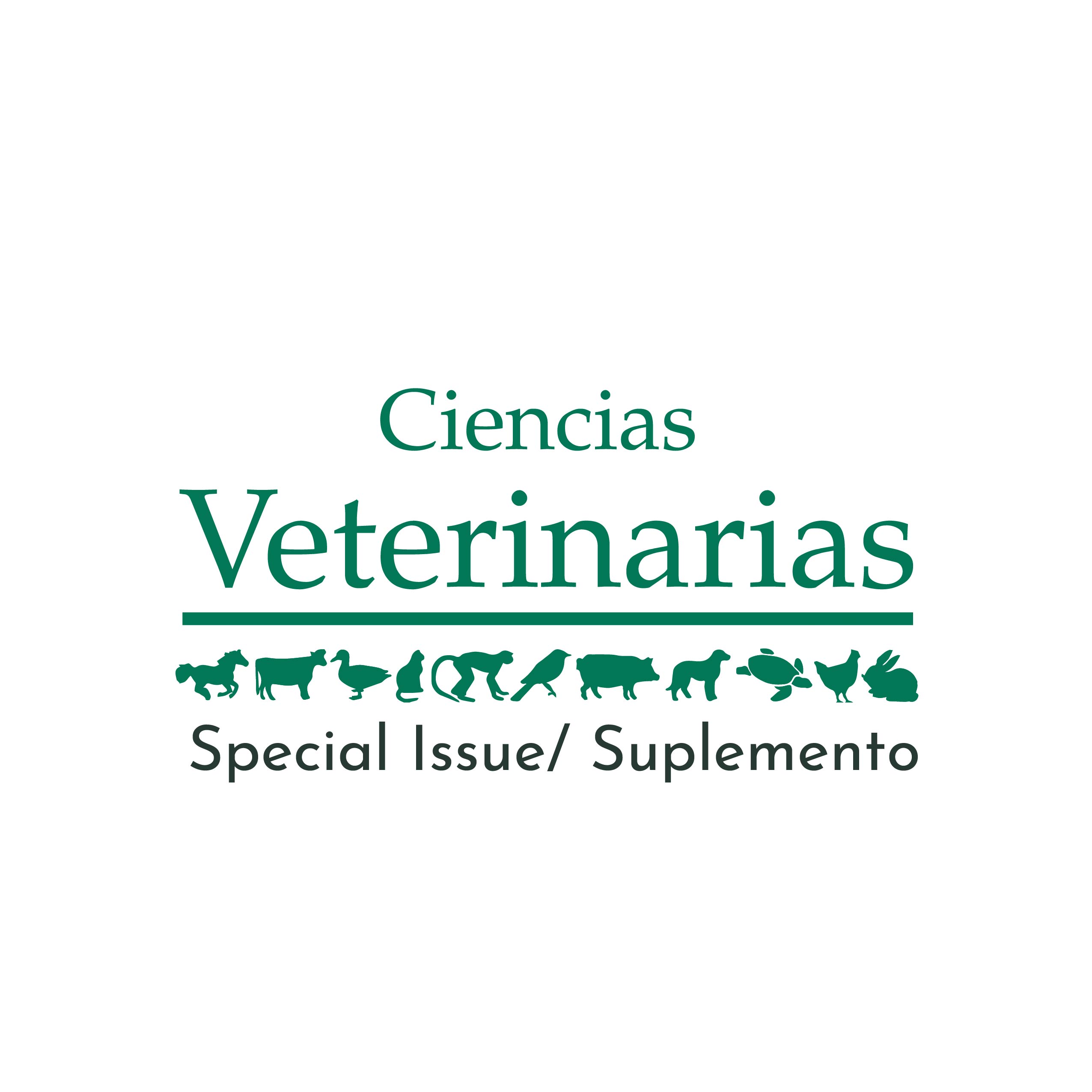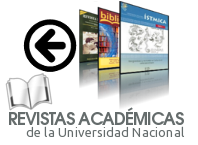Smart and advanced biomaterials for regenerative medicine and tissue engineering
DOI:
https://doi.org/10.15359/rcv.37-3.8Abstract
There is great interest to develop new materials with properties that resemble those of biological systems such as hierarchical organization, the capacity to grow or self-heal, and the ability to guide complex biological processes. These kinds of materials would open opportunities to engineer tissues with a much-needed higher level of complexity and overcome major obstacles in regenerative medicine. To this end, supramolecular chemistry offers an exciting opportunity to grow such materials from the bottom-up using molecules and processes found in nature. However, the ability to transform molecular and nano-scale design into functional devices with practical utility at the macroscale remains a challenge.
The paper will describe new strategies that integrate supramolecular chemistry with engineering principles to develop practical materials with tuneable and advanced properties such as hierarchical organization, the capacity to grow, tuneable mechanical properties, and specific bioactivity (Inostroza-Brito et al. 2015; Aguilar et al. 2017; Elsharkawy et al. 2018; Hedegaard et al. 2018). These materials are being used towards new regenerative therapies of tissues such as enamel, bone, and blood vessels as well as creating more biologically relevant in vitro models.
References
Aguilar, J.P., Lipka, M., Primo, G.A., Licon-Bernal, E.E., Fernández-Pradas, J.M., Yaroshchuk, A., Albericio, F. & Mata, A. 2017. 3D Electrophoresis-Assisted Lithography (3DEAL): 3D molecular printing to create functional patterns and anisotropic hydrogels. Adv. Funct. Mater. 28(15): 1703014. DOI: 10.1002/adfm.201703014
Elsharkawy, S., Al-Jawad, M., Pantano, M.F., Tejeda-Montes, E., Mehta, K., Jamal, H., Agarwal, S., Shuturmiska, K., Rice, A., Tarakina, N.V., Wilson, R.M., Bushby, A.J., Alonso, M., Rodríguez-Cabello, J.C., Barbieri, E., Hernández, A.d.R., Stevens, M.M., Pugno, N.M., Anderson, P. & Mata, A. 2018. Protein disorder-order interplay to guide the growth of hierarchical mineralized structures. Nat. Commun. 9(2145): 1-12. DOI: 10.1038/s41467-018-04319-0
Hedegaard, C.L., Collin, E.C., Redondo-Gómez, C., Nguyen, L.T.H., Ng, K.W., Castrejón-Pita, A.A., Castrejón-Pita, J.R. & Mata, A. 2018. Hydrodynamically guided hierarchical self-assembly of peptide-protein bioinks. Adv. Funct. Mater. 28(16): 1703716. DOI: 10.1002/adfm.201703716
Inostroza-Brito, K.E., Collin, E., Siton-Mendelson, O., Smith, K.H., Monge-Marcet, A., Ferreira, D.S., Rodríguez, R.P., Alonso, M., Rodríguez-Cabello, J.C., Reis, R.L., Sagués, F., Botto, L., Bitton, R.,
Azevedo, H.S. & Mata, A. 2015. Co-assembly, spatiotemporal control and morphogenesis of a hybrid protein-peptide system. Nat. Chem. 7(11): 897-904. DOI: 10.1038/nchem.2349
Published
How to Cite
Issue
Section
License
Licensing of articles
All articles will be published under a license:

Licencia Creative Commons Atribución-NoComercial-SinDerivadas 3.0 Costa Rica.
Access to this journal is free of charge, only the article and the journal must be cited in full.
Intellectual property rights belong to the author. Once the article has been accepted for publication, the author assigns the reproduction rights to the Journal.
Ciencias Veterinarias Journal authorizes the printing of articles and photocopies for personal use. Also, the use for educational purposes is encouraged. Especially: institutions may create links to specific articles found in the journal's server in order to make up course packages, seminars or as instructional material.
The author may place a copy of the final version on his or her server, although it is recommended that a link be maintained to the journal's server where the original article is located.
Intellectual property violations are the responsibility of the author. The company or institution that provides access to the contents, either because it acts only as a transmitter of information (for example, Internet access providers) or because it offers public server services, is not responsible.







